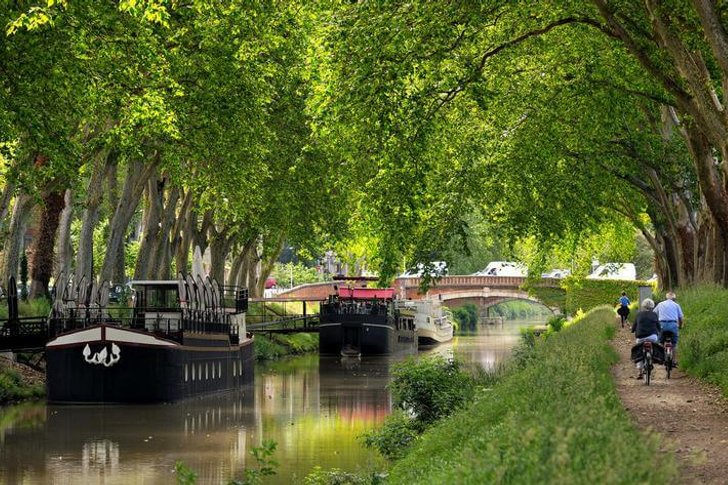The history of Toulouse began in the III century BC, when a small Celtic settlement was founded here. In the II century, the Aquitaine road passed through it, so the town turned into an important center for trade and supply of the Roman army. Since then, its development has been on the rise.
Toulouse is called the "pink city" because of the large number of red brick buildings. From the 15th century, rich merchants built luxurious mansions here, which today are considered examples of Gothic and Renaissance.
Toulouse has many interesting museums, neighborhoods and a vast green area, perfect for relaxation. This charming French city has a unique charm that all travelers feel.
What to see and where to go in Toulouse?
The most interesting and beautiful places for walking. Photos and a short description.
- Toulouse town hall
- Basilica Saint-Sernin
- Cathedral of Saint-Étienne
- Church of the Jacobins
- Basilica of Notre Dame de la Dorade
- Asses Mansion
- Toulouse Museum
- Augustinian Museum
- Museum Saint-Reymond
- Georges Laby Museum
- Museum of Modern Art Les Abattoirs
- Space City Theme Park
- Water tower Lagan
- Toulouse Municipal Stadium
- New bridge
- Bazacle
- Botanical Garden
- Grand Rhone Park
- Japanese garden
- South channel
Toulouse town hall
The building of the city council in Toulouse is called the Capitol, since the members of the local magistrate were called "chapters". The modern building was erected in the 18th century according to the project of G. Kamm in a transitional style from baroque to classicism. In the 19th century, interior decoration was created, which has survived to this day. Since 1818, the Toulouse Opera House has been located in the town hall building, and there is also a concert hall here.

Basilica Saint-Sernin
The basilica was erected in honor of the first bishop of Toulouse, Saint Saturninus, who lived in the city in the 3rd century and was executed for refusing to take part in pagan rituals. In the 5th century, a temple was built over the grave of the martyr, which later grew to a full-fledged abbey. The Basilica of Saint-Sernin appeared in the XI-XII centuries, along with it a special inn for pilgrims was built. The building is the only building of the abbey that has survived to this day.

Cathedral of Saint-Étienne
The construction of the cathedral began in the 11th century and lasted for many hundreds of years, so several styles can be discerned in the architectural appearance of the building. Toulouse residents still consider this church unfinished. In fact, the cathedral looks like a group of separate buildings combined with each other. The façade is decorated with stained-glass windows of the 16th century; in the interior, there are decorative elements created in the 16th-17th centuries.

Church of the Jacobins
Temple of the 13th century, which since the 18th century was used as a gunpowder warehouse. The building was built in the French Gothic style. The interiors are decorated with a large number of stained glass windows depicting biblical scenes. The church houses the relics of the religious philosopher Thomas Aquinas. Today, the temple building is used for classical music concerts.
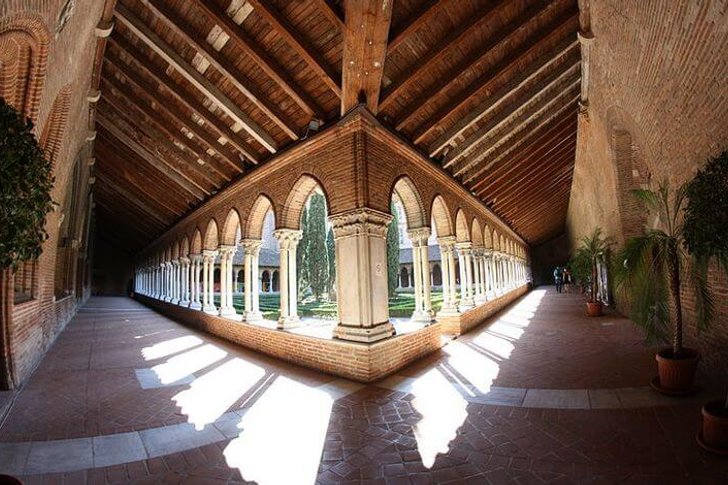
Basilica of Notre Dame de la Dorade
The first temple was erected on the site of a Roman sanctuary, which was transferred to the Christian community in the 5th century. The basilica existed until the 18th century. Due to its dilapidated condition, it was demolished and a decision was made to build a new building. Reconstruction work continued until the end of the 19th century. The main shrine of the temple is the statue of the Black Madonna. The Basilica is the venue for international organ music festivals.

Asses Mansion
A 16th-century mansion built for P. Assez, a wealthy Toulouse industrialist. His descendants owned the building until the 18th century, then it passed into the possession of the Ozen bank. The mansion was built according to the project of N. Bachelier in the Renaissance style. Today, the building houses the Bemberg Museum, which exhibits valuable paintings by French painters, as well as recognized artists from other European countries.
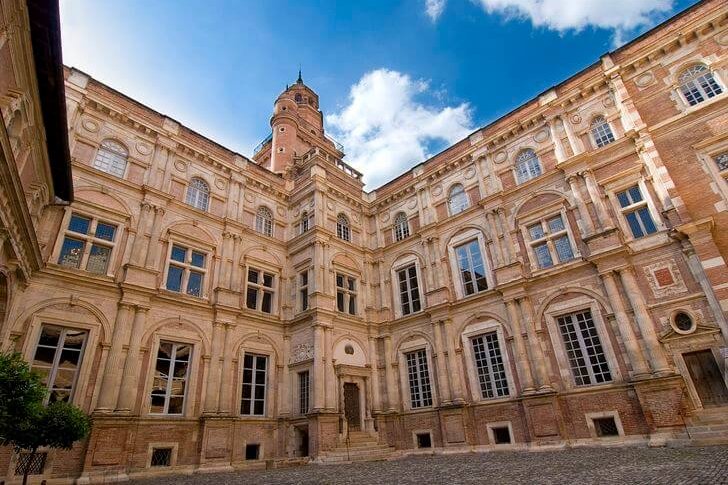
Toulouse Museum
The Museum of Natural History, which was founded at the end of the 18th century thanks to the efforts of the naturalist F.P. de La Perouse on the territory of the former monastery. About 2.5 million copies are stored in museum funds. The collection is exhibited in 19 halls, the total area of which exceeds 6,000 m². The exposition is constantly replenished with gifts from private collections. The museum also has a library and a pedagogical department.

Augustinian Museum
The museum collection is located on the territory of the monastery, which was taken from the church in the 18th century in favor of the state. The exposition is an extensive collection of sculpture and painting. The oldest copies belong to the period of the Middle Ages. The museum was created by special order of the new republican government that came to power as a result of the French Revolution.

Museum Saint-Reymond
The museum is located near the Saint-Sernin Basilica in a historic building of the 16th century. Previously, this building housed a college dormitory. The Musée Saint-Reymond is dedicated to the history of Toulouse. Exhibits found at excavations in the vicinity of the city are exhibited in its halls. The collection consists of jewelry, bas-reliefs, coins, bronzes and other historical artifacts.
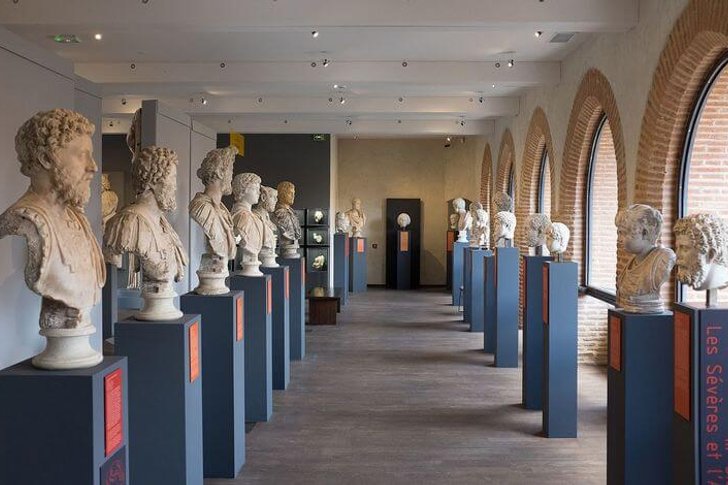
Georges Laby Museum
The collection appeared at the end of the 19th century. It is dedicated to the culture of Ancient Egypt and the states located in the Asia-Pacific region. The museum was founded by J. Laby, a great connoisseur of Asian art and a collector of antiquities. In the exhibition halls you can see exhibits brought from India and Indonesia, Japan, Tibet and China, Thailand and Vietnam, Afghanistan and Pakistan.
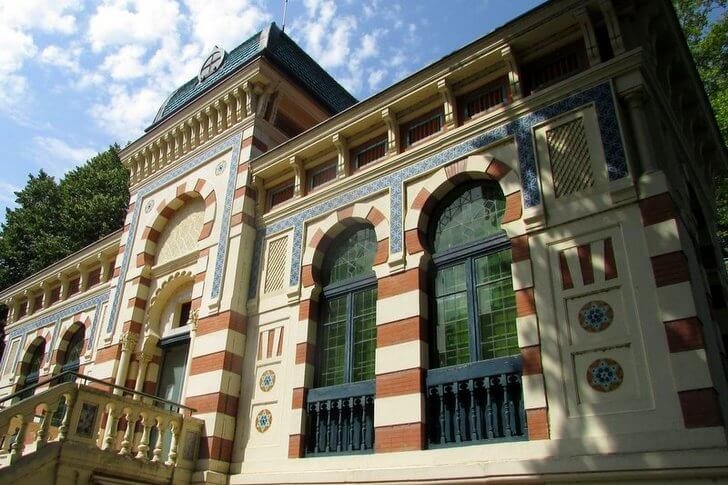
Museum of Modern Art "Les Abattoirs"
The museum was created on the site of the former slaughterhouses of the first half of the 19th century. This fact is reflected in the name of the gallery. Despite the short history of existence, "Les Abattoirs" is already called one of the best museums of contemporary art in France. The collection is a collection of sculptures, drawings, paintings, photographs and installations that were created in the XX-XXI centuries.

Space City Theme Park
The park was created in 1997 near the Toulouse space center on the initiative of the city authorities and with the support of the French government. Models of space engines, satellites, rockets and ships are placed on the territory of the museum. More than half of the exhibits are Soviet-made. They were purchased in the USSR and Russia at different times. In addition to viewing the equipment, visitors can take part in an interactive attraction that simulates a rocket launch.

Water tower Lagan
The tower was erected at the beginning of the 19th century at the expense of the city chapter of S. Lagan. Construction work continued for five years. Until 1870, the structure supplied water to the city's fountain network. For almost a hundred years, a warehouse was located on its territory. In 1974, a photography exhibition gallery was opened in the tower, with a small permanent exhibition and space for temporary exhibitions.

Toulouse Municipal Stadium
A sports arena that is used for football matches. It also hosts the local rugby team. The stadium was built in the 1930s. XX century. In 1998 and 2016 it hosted several matches of the World and European Football Championships, in 2007 - the Rugby World Cup. The arena is designed for 35 thousand spectators. Large-scale reconstructions were carried out in 1949 and 1997.

new bridge
Despite its name, the New Bridge is quite old. It was built in the 17th century. Work on the construction of the bridge began in 1544, they were only completed by 1632 due to constant religious wars. The construction project changed several times with the arrival of a new architect. The result was a fairly reliable building, very resistant to destruction due to dilapidation and natural disasters.
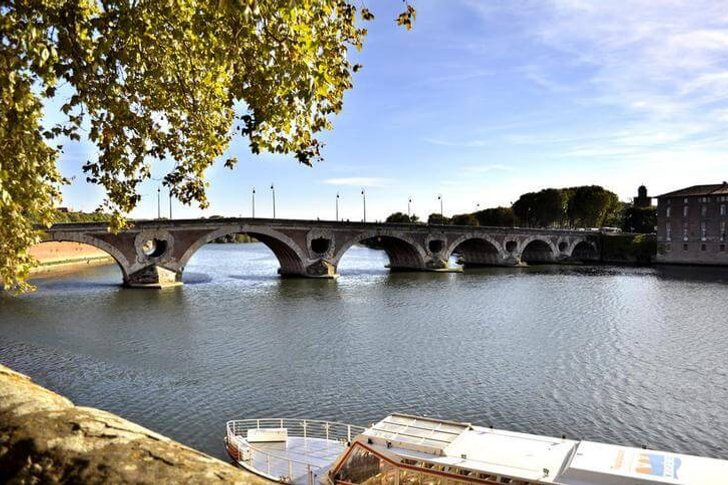
bazacle
Previously, "Bazakl" was the name of the ford, along which the inhabitants of the city crossed the river. During the period of the XII-XVIII centuries. in this place, dams, a bridge and mills were erected, in the 19th century a hydroelectric power station was built, supplying Toulouse with electricity. In 1946, the complex was purchased by the state and turned into a tourist attraction. A gallery has been opened in the halls of the former hydroelectric power station, where interesting modern exhibitions are held.

Botanical Garden
The City Botanical Garden was founded in 1730 by the scientific society of Toulouse. Subsequently, he had to move twice to a new place, until in 1794 he occupied the territory where he is still located. Landscape design was created according to the project of L. Mondran. In 1808, by decree of Napoleon Bonaparte, the garden became the property of the city and was opened to the public. Within the park is the Natural History Museum of Toulouse.
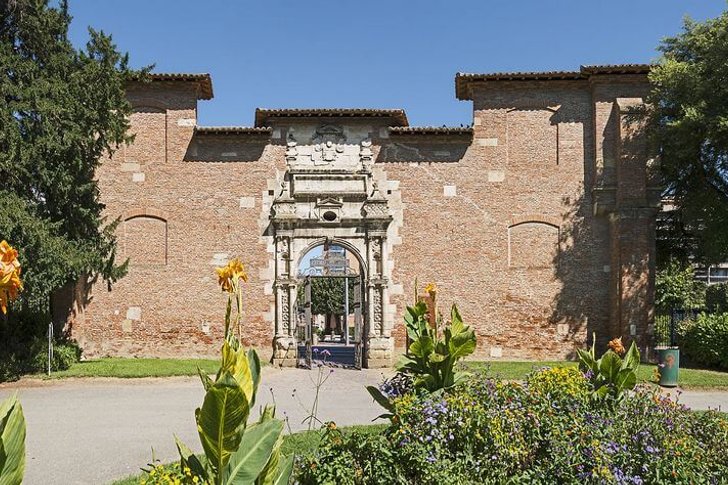
Grand Rhone Park
The Grand Ron Park is part of the green zone of Toulouse, which includes the Botanical and Royal Gardens. Together they form a harmonious ensemble. The Grand Ron project was developed in the 18th century as part of a plan to improve the city. The park is characterized by the features of English landscape design, it is decorated with beams, alleys, stone sculptures and small fountains. Several dozen species of trees grow in the garden.

Japanese garden
A garden in classic Japanese tradition, located within the Compance-Caffarelli park. The garden was laid out in 1981 thanks to the initiative of the mayor of Toulouse, P. Bodie. The gardens of Kyoto of the 14th-16th centuries were taken as the basis for the design of the park. In the center of the territory there is a small pond with a classic tea house, to which a red bridge leads. Scattered around the garden are symbolic stones that represent the sacred Mount Fuji.
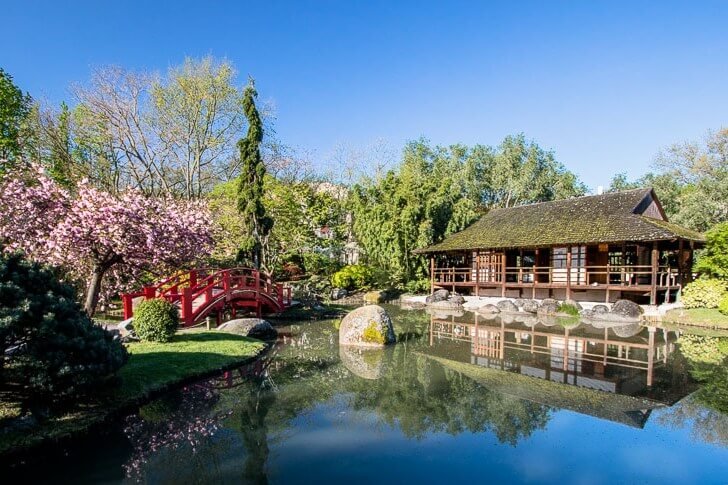
South channel
Water artery with a length of 240 km., Which connects the Garonne River and Lake Etang-de-To. The South Canal and the Garonne Canal merge into a single Canal of the Two Seas, which flows into the Mediterranean Sea. The waterway was founded in the 17th century under Louis IV. Up until the 80s. In the 20th century, commercial ships cruised along it. In 1996, the canal was included in the UNESCO World Heritage List as a monument of engineering architecture of the 17th century.
